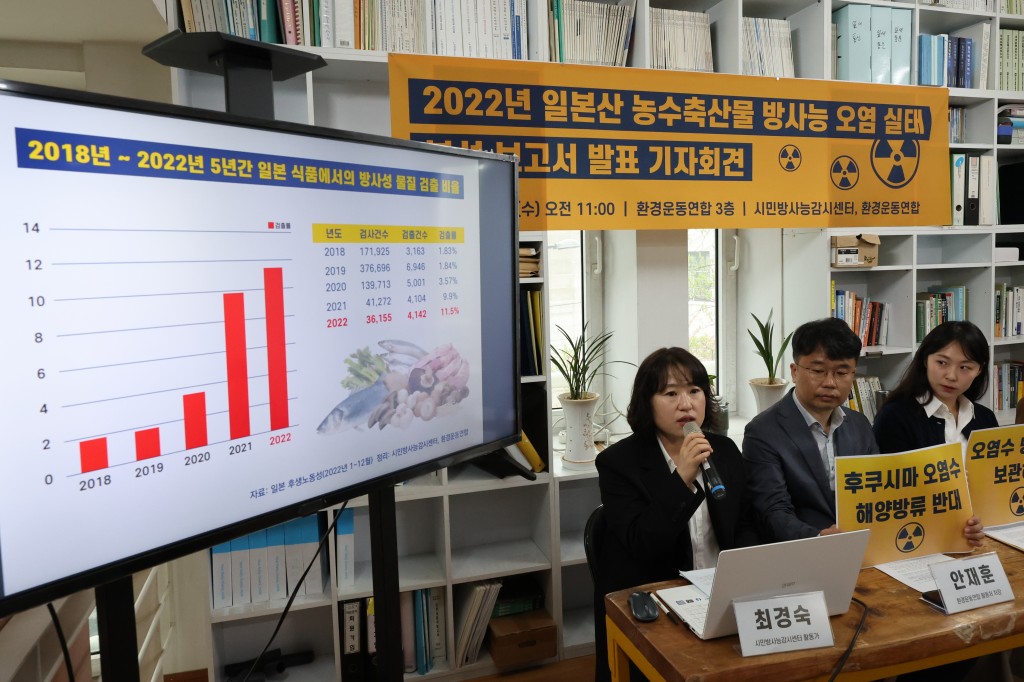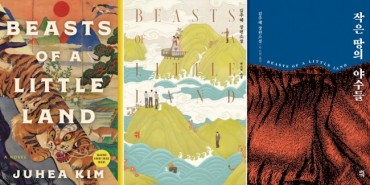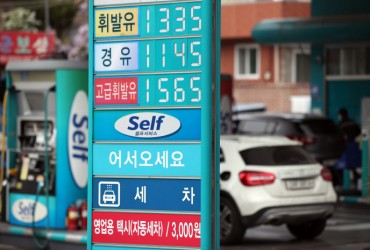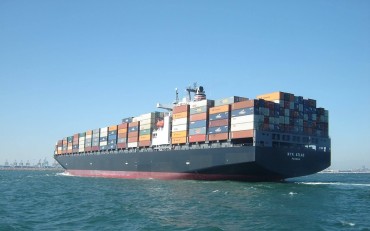
Choi Kyung-sook (far left), an activist with the Citizen’s Radiation Monitoring Center, presents the results of the analysis on “Radioactive Contamination of Agricultural, Livestock and Fishery Products from Japan in 2022″ at the Environmental Movement Alliance in Jongno-gu, Seoul, on the morning of March 5.
SEOUL, April 7 (Korea Bizwire) — It has been 12 years since the Fukushima disaster, and radioactive substances continue to be found in Japanese agricultural, fishery, and livestock products, civic groups claimed.
The Korean Federation for Environmental Movements and the Korea Radiation Watch reported that 5.3 percent of 13,070 fishery products tested by Japan’s Ministry of Health, Labour and Welfare last year contained cesium, a radioactive substance.
Cesium was also found in 21.1 percent of all agricultural products, and 2.6 percent of livestock products. A whopping 29 percent of wild-bred mammalian meat contained cesium, exceeding all other types of products.
Of all 36,115 tests across all types of products, 11.5 percent contained cesium, which was higher than the previous year (9.9 percent), the report said.
Among fishery products, 1.2 percent of mountain trout from Fukushima contained cesium, with a maximum level of 170 becquerel (Bq) per kilogram.
The data also showed that 44 percent of carp from Chiba (maximum level of 66 Bq/kg), 49.1 percent of pike perch from Gunma (maximum level of 55 Bq/kg), and 40 percent of bouquets from Chiba (maximum level of 33 Bq/kg) contained cesium.
Among agricultural products, 37 percent of fern brakes from Miyagi (maximum level of 660 Bq/kg), 30.6 percent of angelica trees (maximum level of 370 Bq/kg), 63.4 percent of fatsia shoots (maximum level of 300 Bq/kg), and 20.7 percent of bamboo shoots (maximum level of 270 Bq/kg) contained a high level of cesium.
At 84.6 percent, most hedgehog mushrooms from Yamagata (maximum level of 1,500 Bq/kg) and 7.2 percent of pine mushrooms (290 Bq/kg) also contained a high level of cesium.
The maximum limit of radioactive substances for commercial agricultural, fishery and livestock products in South Korea and Japan is 100 Bq/kg.
Fishery products from Fukushima and seven other prefectures imposed with import bans in South Korea are seven times more likely to contain cesium than those from other regions, the report said.
H. M. Kang (hmkang@koreabizwire.com)






